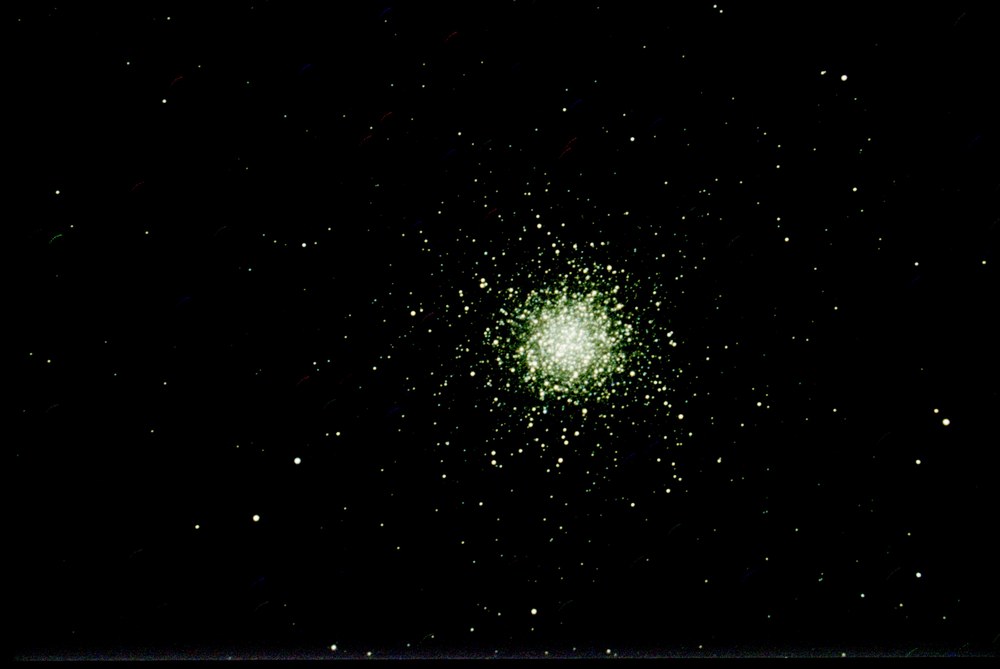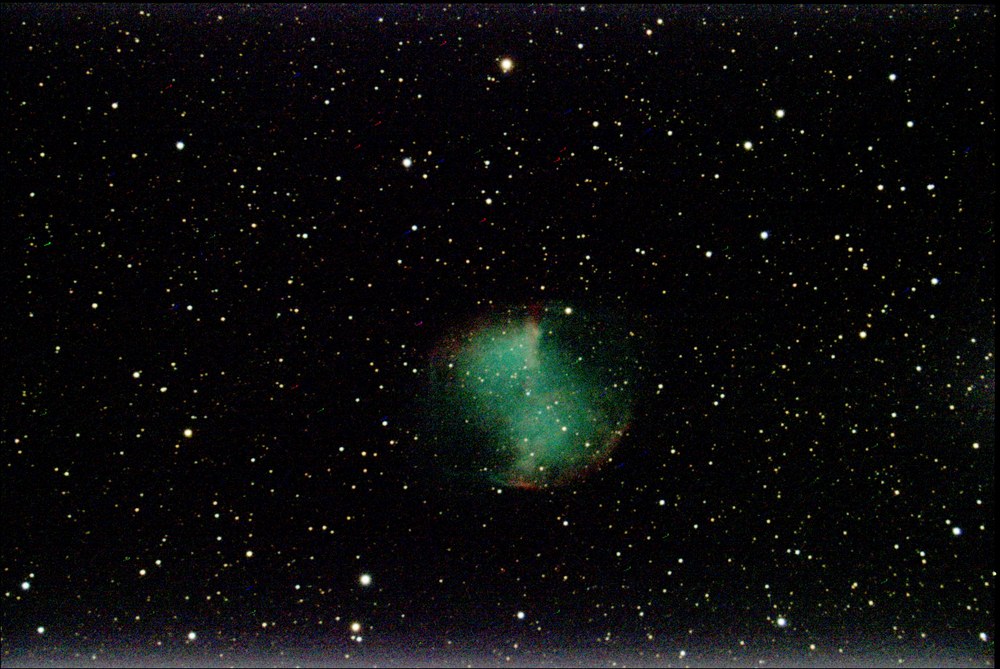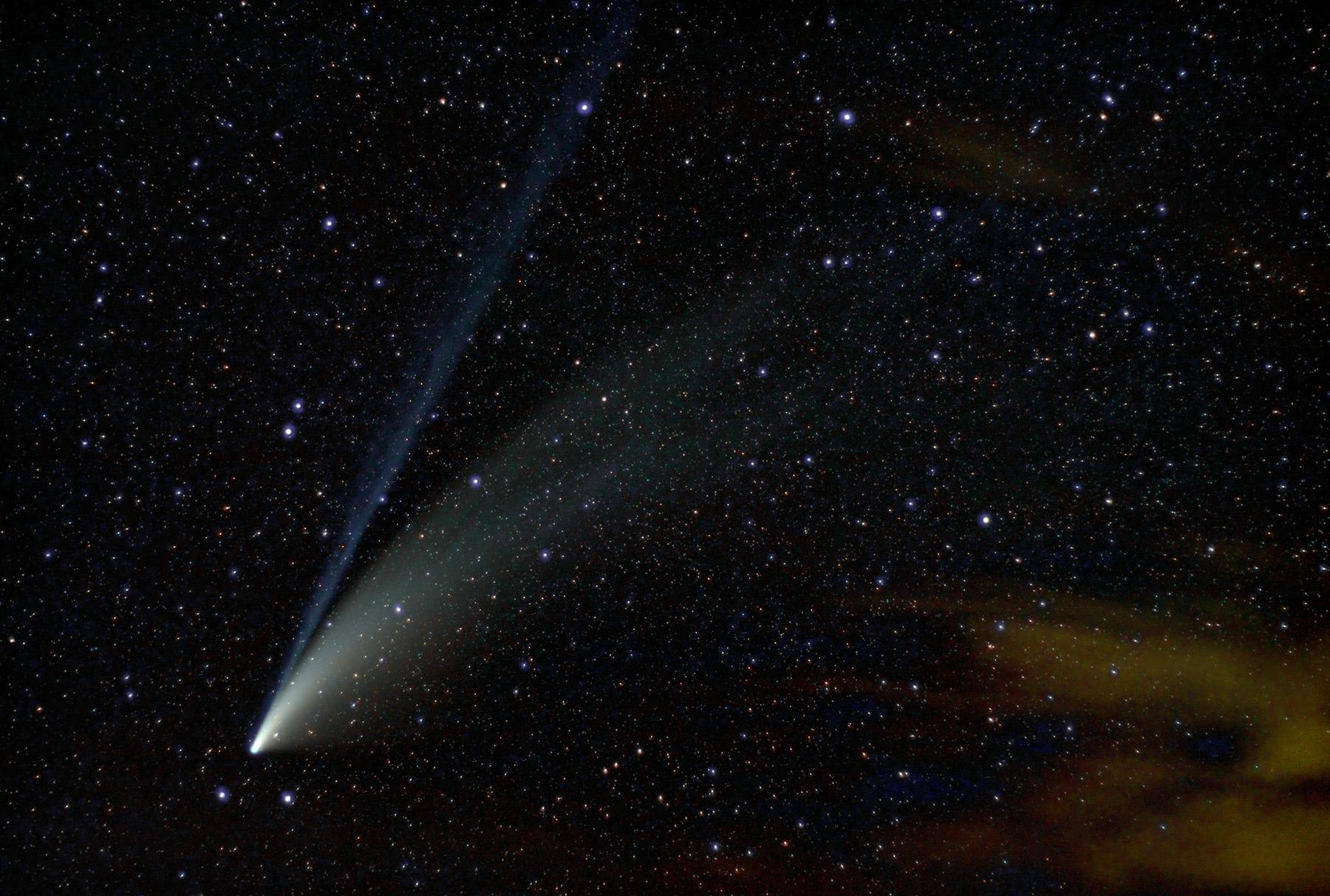Immersing Myself in a New Astro Exercise
25 views
Skip to first unread message
Tony Bonanno Photography
Jul 29, 2020, 4:35:25 PM7/29/20
to Capital City Astronomy Club
In my ongoing effort to minimize doing any productive, important work during the pandemic, I've been immersed in a new field of the amateur astronomy hobby. It's called EAA, Electronic Assisted Astronomy. It's been a steep learning curve.





Instead of looking through an eyepiece at a faint object, the eyepiece is replaced with a sophisticated photon gathering sensor (type of astro camera) and associated hardware. In theory, the setup I'm trying to put together will transmit an image of the object we want to see wirelessly to my iPad. This way all of us can see the object on the iPad in almost real time. (A minute or so if all goes well). In theory, we will be able to see more detail than we could ever see looking through an eyepiece. The equivalent of looking through a VERY LARGE telescope, instead of my amateur telescope. It also has the advantage of social distancing. We don't have to put our eye at the eyepiece that everyone has breathed on with their hot, germ infested, humid breath. (just kidding about your breath... sort of)..
Anyway, setting this up so that it actually will work has been a long and painful (financially and my aching back) exercise, but I think I'm almost there. My main motivation for getting into this technology was twofold. 1) So I could see more detail in the distant universe, and .... 2) so I could share what I was seeing with my friends and family.
Last night, in spite of some thin clouds and a very bright quarter moon, I was able to look at a number of objects in the universe that would have been very difficult to see with the same level of detail on such a washed out night sky. I've included four images for your enjoyment (the other advantage of the iPad is I can save what I'm seeing in real time as a regular photo to share with you). This is actually what you would have seen if you were here last night. And you could have viewed these objects comfortably from one of my chairs and the table I had set up with a nice cup of Chai tea.

First object - The beautiful globular cluster M13, in the constellation Hercules. it is one of the brightest and largest clusters of several hundred thousand stars. Most of the stars are very old, probably about 12 Billion years old. It is located in our Milky Way Galaxy about 25,000 light years away.

Second Object - the planetary nebula, M27. Called the Dumbbell Nebula. It was the first planetary nebula ever discovered (by Charles Messier in 1764). Planetary nebula are large gaseous clouds that were ejected from a former sunlike star which collapsed after exhausting its hydrogen gas. The former sun is now a small "white dwarf' still visible (in this case) in the central area of the nebula. We are looking at the nebula from approximately it's equatorial plane. If we could view it from one of it's "poles", it would likely look like a circular cloud of gas, like another planetary nebula, M57, the Ring Nebula (below).

Third Object - The planetary nebula, M57. Another planetary nebula (see text about M27 above). Was discovered by French astornomer, Antoine Darquier de Pellepoix in 1779 and just a few days later, found by Charles Messier, who added it to his catalog as M57. The central star, which we can clearly see now is about 15.75 magnitude and generally not visible in any of my telescopes using an eyepiece. M57 and M27 are in our galaxy, but their distances are not accurately determined. Using the Hubble Telescope, M57 was estimated to be about 2300 light years away (but the estimate has a 40% degree of uncertainty!). M57 is estimated to be about 6000-8000 years old. Over the next several billion years, the white dwarf will cool and become a cold, dead "black dwarf".. Ugh!

Fourth Object - Another planetary nebula, NGC 6905, the Blue Flash Nebula. Its the small bluish object just to the right and slightly lower of center. if you click on the image to enlarge it, you will see a little gaseous detail in the nebula. And the central star is quite apparent. I would have a difficult time seeing this detail using an eyepiece. It's estimated to be about 2500 light years away. Just as a scale reference, even though it looks pretty small here, the diameter of the little blue ball is about 1 LIGHT YEAR.
Thanks to SkySafari Pro for some of the information in the text.
OK, all for now. Hope everyone is well and staying safe..
Tony
--
Click HERE to be notified about my upcoming Workshops and Fine Art Exhibitions
Santa Fe, New Mexico USA +1 505.466.0020
ERNESTO MAYANS Gallery, Santa Fe, NM
STERLING FINE ART, Silver City, NM
ASMP Professional Member
Peter Lipscomb
Jul 29, 2020, 6:38:51 PM7/29/20
to Capital City Astronomy Club
HI Tony,
Happy to see your efforts in imaging astro targets. Steep learning curve, but you are totally on the way! Keep at it.
Here is a shot I took of NEOWISE 7/18. I tracked it with the skytracker I got from you. Canon 60Da with 50mm f/1.8 lens Various ISO and exposure times. Stacked in Sequator. Post processing (continues) in Photoshop.

Tony Bonanno Photography
Jul 30, 2020, 3:05:44 PM7/30/20
to Capital City Astronomy Club
WOW on the comet !! Thanks for encouragement.. I don't have the ideal gear, but I'm trying to find a sweet spot...
T
--
Click HERE to be notified about my upcoming Workshops and Fine Art Exhibitions
Santa Fe, New Mexico USA +1 505.466.0020
ERNESTO MAYANS Gallery, Santa Fe, NM
STERLING FINE ART, Silver City, NM
ASMP Professional Member
--
You received this message because you are subscribed to the Google Groups "Capital City Astronomy Club" group.
To unsubscribe from this group and stop receiving emails from it, send an email to capital-city-astron...@googlegroups.com.
To view this discussion on the web visit https://groups.google.com/d/msgid/capital-city-astronomy-club/9838f8ec-f613-4c2f-ae72-ac41aeaf684do%40googlegroups.com.
Reply all
Reply to author
Forward
0 new messages
